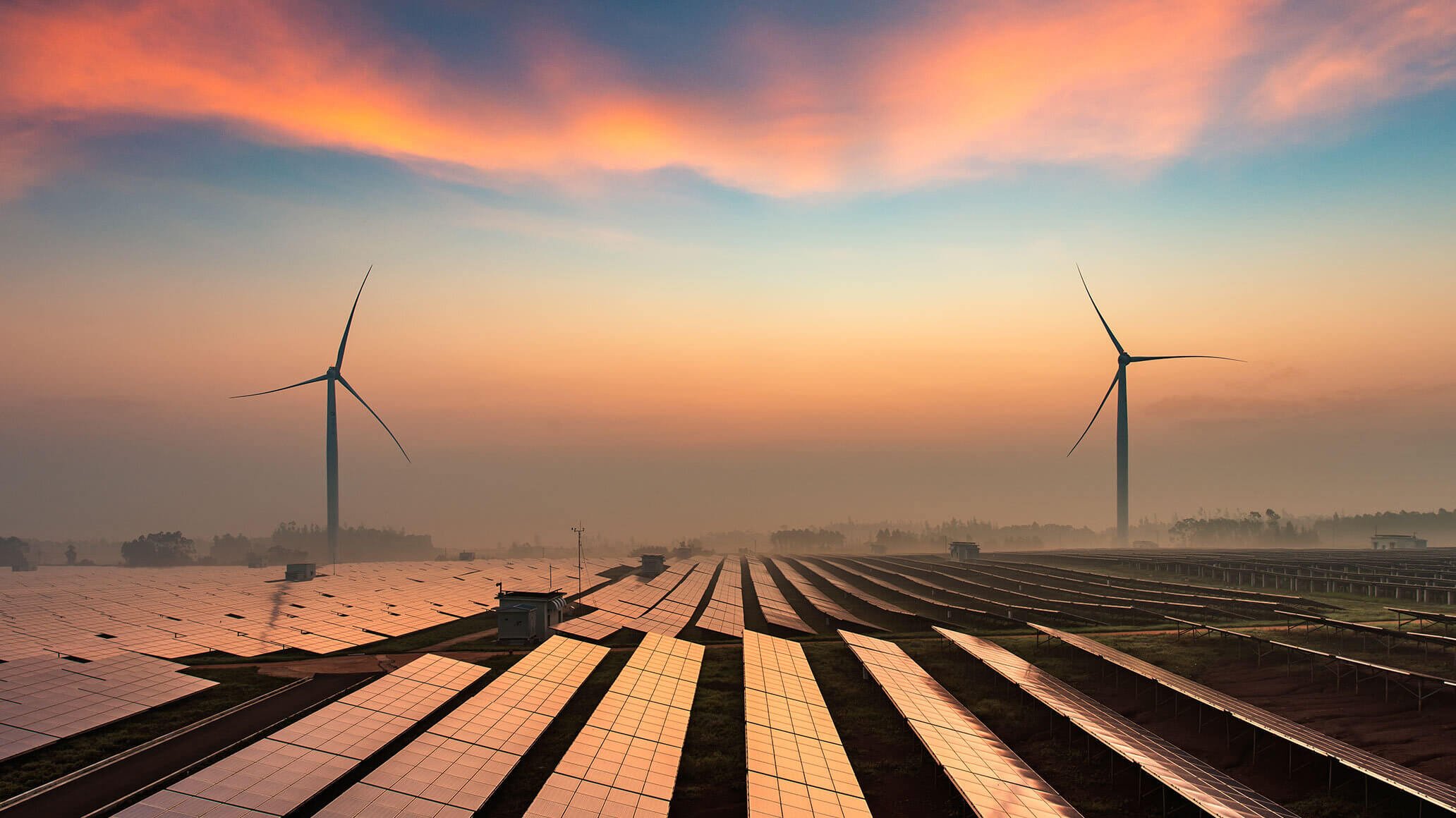
2024 has been a landmark year for renewable energy. Solar and wind power have surged to the forefront, driven by technological advancements, falling costs, and robust policy support. In the U.S., a record 24 GW of utility-scale solar was added, and globally, renewables are growing faster than ever. However, despite this progress, there are significant challenges that the sector must navigate to ensure sustainable growth, especially in emerging markets such as Hydrogen, CCUS and Clean Technologies. The market is moving forward, but government action and policy are struggling to keep pace.
The Renewable Energy Surge: Solar photovoltaic (PV) and wind power continue to dominate new capacity additions, with solar leading the charge. Solar PV has expanded rapidly as declining costs and shorter permitting timelines have made it increasingly competitive. This is a positive sign of the renewable energy market's strength and potential, but it also highlights a critical issue: while the technology is advancing rapidly, infrastructure and policy have not been updated at the same speed.
Grid Integration and Infrastructure Challenges: As the share of renewables grows, integrating these variable energy sources into the grid becomes more complex. Countries like Chile, Ireland, and the UK have already experienced curtailment issues, where excess renewable energy is produced but cannot be used due to grid limitations. The intermittent nature of solar and wind power means that energy production can fluctuate based on weather, creating imbalances between supply and demand. To address this, significant upgrades to grid infrastructure are essential, yet these upgrades are not happening quickly enough.
Storage Solutions: A Key Piece of the Puzzle: One way to address this variability is through advanced energy storage solutions like batteries. These systems can store excess energy generated during peak production periods and release it during times of high demand. However, the widespread deployment of these technologies is still in its early stages. While investment in energy storage is increasing, it’s clear that scaling these solutions will require substantial investment and long-term commitment from both the private and public sectors.
The Policy Gap: In the midst of these technological advances, policy action remains inconsistent. Governments must streamline permitting processes, improve grid connection procedures, and provide incentives for storage and flexibility measures. While policies like the Inflation Reduction Act (IRA) and the Infrastructure Investment and Jobs Act (IIJA) in the U.S. have catalysed growth, the pace of policy action still lags behind market developments. Effective policy and regulatory frameworks are crucial for creating an environment that supports renewable energy integration at scale.
Economic and Financial Barriers: In addition to regulatory hurdles, financial barriers also pose challenges, particularly in emerging technologies & economies. High financing costs and the economic risks associated with large-scale renewable projects can make it difficult to attract the necessary investments. To ensure that renewable energy can continue to grow, we need innovative financing mechanisms and strategies that reduce risk while driving capital into the sector.
Looking Ahead: The Role of Political Uncertainty: Another element to watch in 2025 is the potential political shake-up in the U.S. with Donald Trump’s inauguration. Known for his scepticism about climate change and clean energy policies, a shift in leadership could alter the trajectory of U.S. energy policy. This uncertainty adds another layer of complexity to the renewable energy landscape, potentially delaying or rolling back key policy incentives that have driven much of the sector's recent growth. As the sector continues to evolve, it’s crucial that stakeholders remain adaptable and proactive in advocating for the economic and strategic benefits of renewable energy.
The Workforce of the Future: A Leadership Imperative
As the renewable energy sector continues its rapid expansion, it faces a mounting challenge: the availability of a skilled, adaptable workforce. The demand for talent in solar PV, wind energy, energy storage technologies and clean technologies is surging, yet there is a growing gap between the skills required and those available in the market. This is not merely a recruitment challenge—it’s a strategic leadership issue. The leaders of today must not only identify and attract top talent but also invest in developing the next generation of innovators who will shape the future of clean energy.
Leadership in this evolving landscape requires a dual focus: fostering technical innovation while creating inclusive, sustainable workplace cultures that can attract diverse talent. This means embracing bold workforce strategies, including reskilling initiatives, and programs to encourage underrepresented groups to enter the clean energy sector. Companies that proactively address these workforce challenges will be better positioned to capitalise on the sector’s growth and navigate the complexities of scaling renewables at a global level.
Conclusion: A Renewable Future Requires Action Now
While 2024 has proven that the renewable energy market is poised for rapid growth, it’s clear that we’re at a critical juncture. The technology is ready, but overcoming barriers in policy, infrastructure, and workforce readiness requires urgent and coordinated effort. Governments, industry stakeholders, and communities must work together to close the gaps in grid infrastructure, accelerate storage solutions, and create supportive policy environments that can sustain the sector’s growth. Visionary leadership will be the linchpin in addressing these challenges—mobilising investment & offtake, driving collaboration, and cultivating the talent necessary to propel the sector forward.
The progress made this year is a testament to the renewable energy sector's resilience and ingenuity. However, achieving global climate goals demands a comprehensive approach that aligns infrastructure upgrades, policy innovation, and leadership development. We need decisive action from all corners of the energy ecosystem to ensure the momentum of 2024 carries forward, delivering a cleaner, more sustainable future for all.
